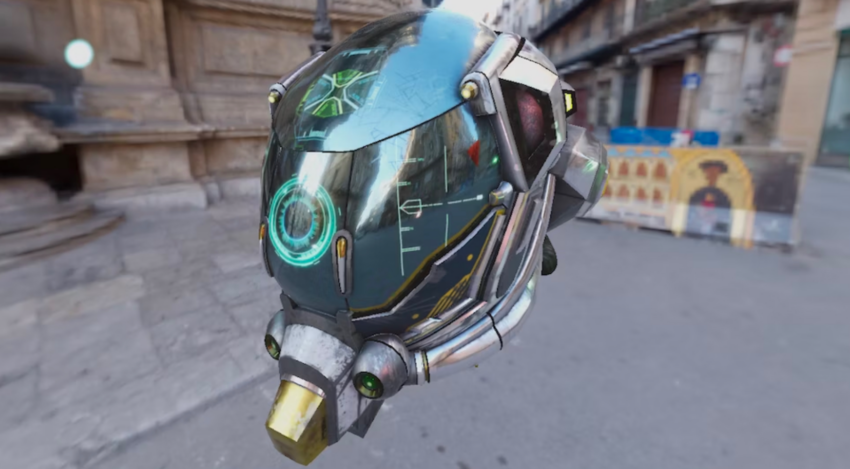Google has introduced WebGPU, an API that grants web browsers greater access to your device’s GPU for enhanced 3D graphics performance and data-parallel web computation. Google has added WebGPU support to Chrome 113, which is presently in beta testing. Chrome 113 will utilize WebGPU on ChromeOS devices that support Vulkan, Windows workstations that support Direct3D 12, and macOS devices.
WebGPU permits rendering and computation operations on a GPU, similar to Direct3D 12, Metal, and Vulkan, but it is designed for the web. It features an idiomatic JavaScript API, integration with promises, support for integrating videos, and a polished developer experience with excellent error handling, according to Google.

Galaxy laptops may benefit from improved online graphics thanks to Chrome’s WebGPU functionality.
In a blog post announcing the release of WebGPU, Google detailed the history of the new graphics API’s development. According to the company, WebGPU development began in 2017 as a result of a collaborative effort by the W3C’s “GPU for the Web” Community Group and contributions from Apple, Intel, Microsoft, and Mozilla, among others.
With Chrome 113 on your Windows 10/11-powered Samsung Chromebook and Galaxy Book, you can enjoy enhanced graphics performance on websites in the future. WebGPU implementation is presently underway in Firefox and Safari and should be available to the public soon.

